Ask Ethan: What if gravity is not a fundamental interaction?
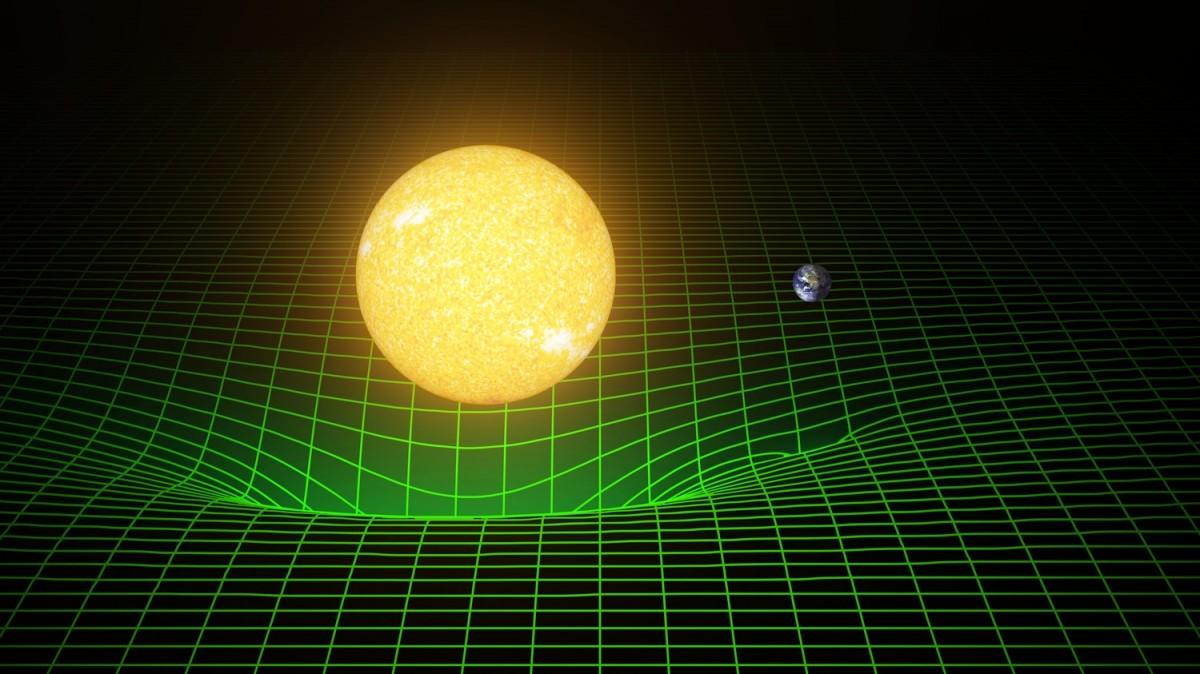
Distortion of space-time by gravitational masses
Since Newton first advanced his theory of global gravity, it has been considered that the forces driving gravity here on Earth also control the movement and formation of planets, stars, galaxies and large-scale structures of the Universe. With the improvement of scientific knowledge, Newtonian gravity was replaced by Einstein's General Theory of Relativity, and it is expected that it will in turn be replaced by the complete, quantum theory of gravity. So far, nobody has been able to quantize gravity. But what if gravity is not a fundamental interaction, because of which its quantization attempts failed? Many readers immediately sent questions about the new scientific work of Eric Verlinde: " Derivative Gravity and the Dark Universe ." Let's figure it out.
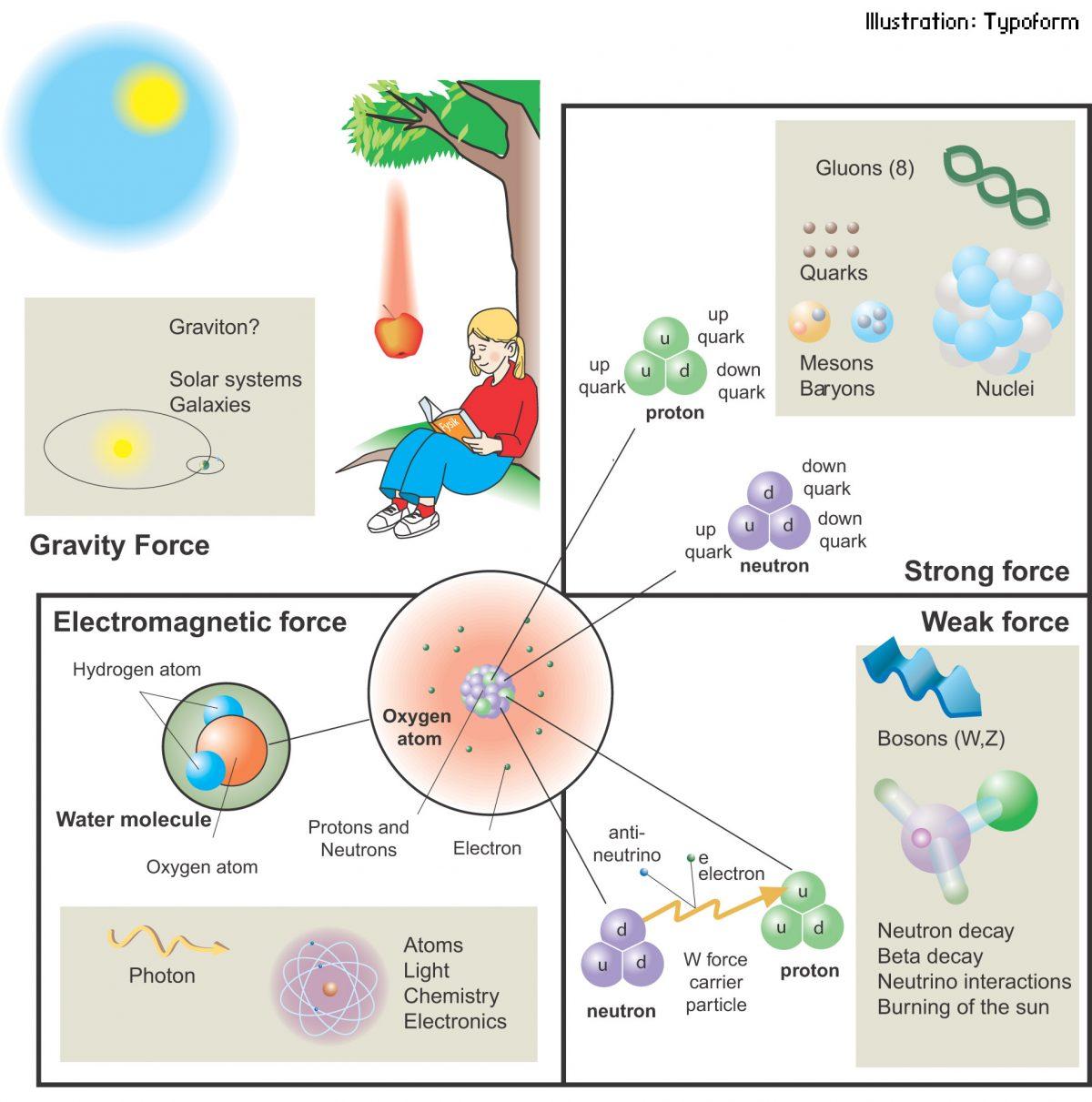
Four forces (or interactions) in Nature, carrier particles of these interactions and the phenomena they influence. The three interactions governing the microcosm are much stronger than gravity, and are already integrated through the Standard Model.
It is believed that there are four fundamental interactions. Particles and interactions of the Standard Model, which includes quarks, leptons, gauge bosons and the Higgs particle, describe three of the four forces: electromagnetism, weak and strong nuclear interactions. The last force described by GR is gravity. Its action is taken into account due to the curvature of space-time and the presence of matter and energy. Effects such as gravitational lensing, gravitational radiation, and the expansion of the Universe are the consequences of this theory, and it can also include dark matter with dark energy. One of the greatest hopes of many theoretical physicists (and string theory) — although not necessarily — is the hope of a comprehensive platform uniting all four forces.
')

The fabric of space-time undergoing deformation and excitement due to mass
Another approach is to consider the possibility that GR itself, space, time, the force of gravity are not fundamental, but derivative. Perhaps GR is just a stage on which a gravitational representation takes place, and there is a more fundamental basis for what we perceive as gravity. Verlinde's approach is to start with the entropy and Hawking temperature of a black hole and then, using ideas from string theory, to show the existence of a relationship between the theory of quantum information and the appearance of gravity, space and time.
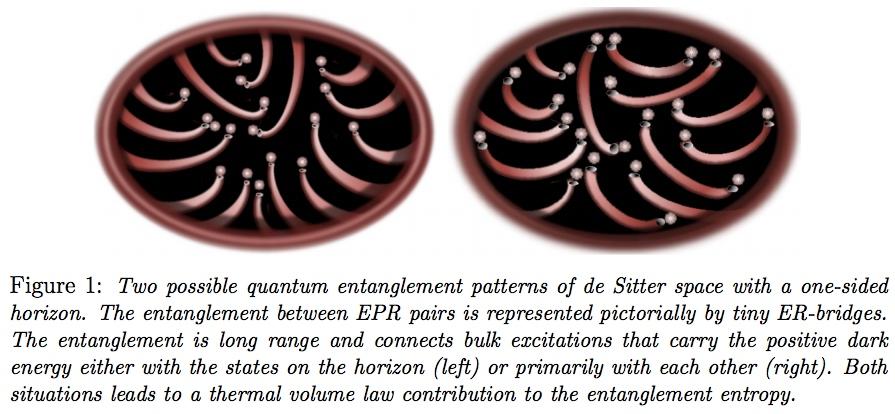
Two possible entanglement schemes in de Sitter space, representing the intricate portions of quantum information that may allow space, time, and gravity to appear.
The basic idea is not particularly complicated: imagine that you have two quantum "units" entangled with each other. Add a material particle, and it will have the opportunity to interact with one of them or with both of them. This particle can change the entanglement of the system, and it is from this change in entanglement that gravity can emerge. Since the entropy of a black hole is proportional to the area of its surface, there is a temptation to consider space as a network of entangled "units" that allow gravity to appear. In addition, one of the starting elements of Verlinde, the black hole's Hawking temperature, is proportional to the gravitational acceleration on its event horizon.
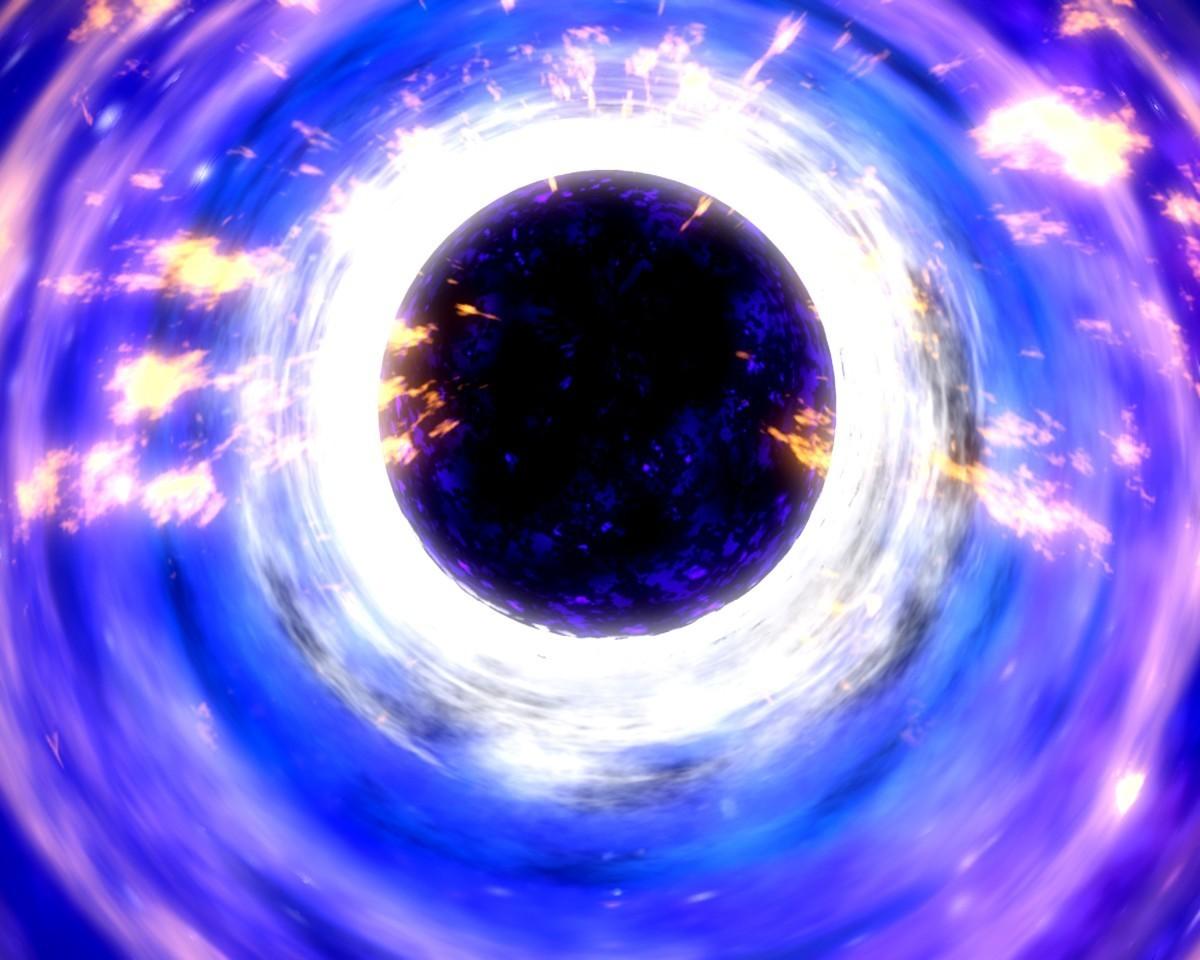
We do not know what happens in the singularity inside a black hole, but the data on the event horizon, including the entropy and temperature outside, are well known.
It is hoped that with proper assumptions, a complete theory of gravity may appear, which:
• will give you four dimensions of space-time (three spatial and time);
• turn on dark energy as a positive cosmological constant;
• Explain where gravitational “differences” between the predictions of the Standard Model and observations come from.
Hope is quite powerful, and Verlinde is committed to it. Others work independently in the same direction. This job is a report on how research is progressing. And how are they going?
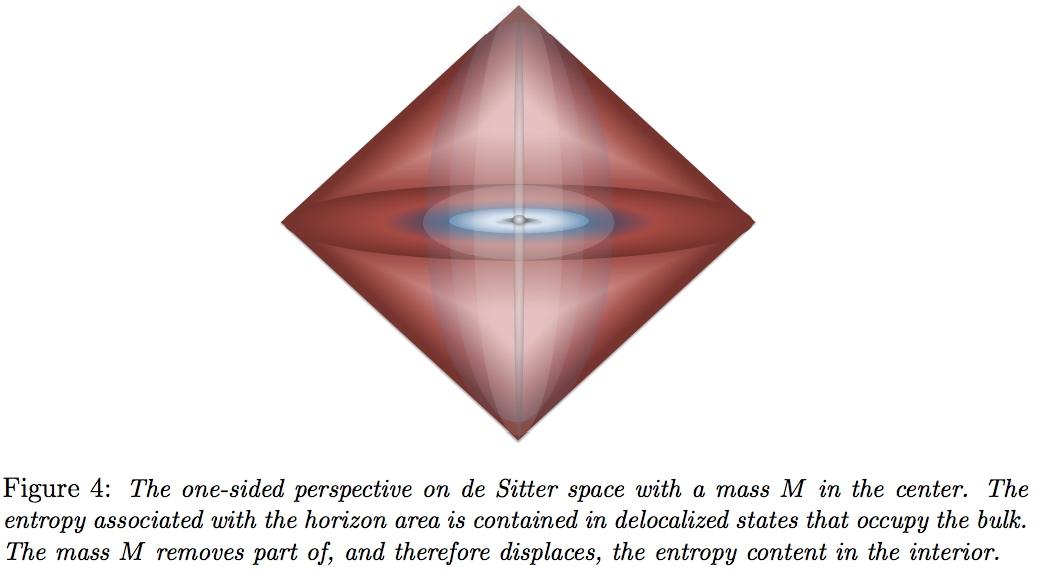
Illustration of one of the stages of the emergence of a derivative of gravity, according to the idea of entropic gravity
Given the narrow specificity of the assumptions, a certain progress is visible, but there are also many problems. The largest, in simple terms, is that in order to get something meaningful, you need to take a lot of seemingly random decisions. For example: the whole motivation of this approach is based in the space of anti-de Sitter (space with a negative cosmological constant), but in our Universe there is a positive cosmological constant (that is, this space of de Sitter), and the mathematics of these two spaces have very different properties . Or, entropy must obey a strict law, depending on location, in order to obtain Einstein's equations, but in this case you will not get a cosmological horizon (and the Universe has it). And finally, if you make all the assumptions necessary for gravitational acceleration to appear, you destroy all the successes of GR on scales larger than galaxies. Verlinde argues that such an approach has the right to success, but observations of the collisions of galactic clusters refute his reasoning.
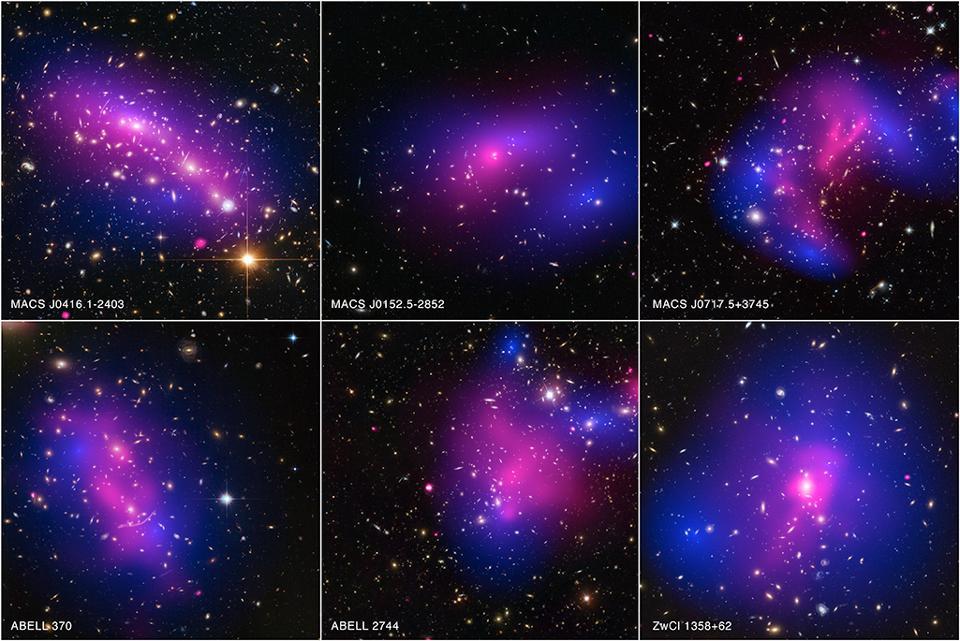
The x-ray map (pink) and the general matter map (blue) of various colliding galactic clusters show a clear separation of normal and dark matter.
There are more fundamental disappointments. Verlinde's model allows the gravitational mass to become a derivative, but it does not mention inertial mass, or why they are the same (Einstein's equivalence principle). Or, many of the convoluted assumptions made by Werlinde make the calculations correct only if we apply the current value of the Hubble expansion to them, despite the fact that during the life of the Universe its expansion speed changed dramatically. Also, in order to substantiate his platform, he assumes that dark energy has always been the dominant form of energy in the Universe, but in fact dark energy has been negligible for billions of years. In other words, some of the key concepts of modern cosmology — the formation of large-scale structures or the fluctuations of relic radiation — are not well explained by this work.

All-sky fluctuations are embedded in the CMB, residual radiation of the Big Bang
But for the most part, this work is a Herculean attempt to develop a radically new idea: starting from the entropy and temperature of the quantum “pieces”, one can derive a theory of gravity, including space and time. Some of the problems of this approach, I would summarize as follows:
• The entropy and temperature definitions are based on the fact that it is first necessary to determine GTR.
• Many assumptions and interpretations are made without clear motivation, except as “mathematics seems to work that way”.
• The composition and structure of the Universe changed over time, but the laws of physics did not, contrary to the work of Weerlinde.
• The work raises many open questions: is it possible to include in it a standard cosmological picture, including the expansion of the Universe, inflation, a full set of observations of dark matter and dark energy?

The universe went through an incredible evolution to become what is now
Indeed, although this idea is very interesting, it should coincide with the observable universe. And in order to rise to the level of generally accepted science, she needs to make a prediction on the still unsolved issue, which we can check. She has this potential, but it requires not just hard work; it is required to be correct, and so it is, or not, not yet defined. New ideas are always interesting, and this one can give us amazing discoveries. As Niels Bohr genius said,
The purpose of our description of nature is not to discover the very essence of the phenomenon, but to track as far as possible the connections between the diversity of aspects of our experience.
Ethan Siegel - astrophysicist, popularizer of science, blog Starts With A Bang! He wrote the books Beyond The Galaxy , and Treknologiya: Star Trek Science [ Treknology ].
Source: https://habr.com/ru/post/373743/
All Articles